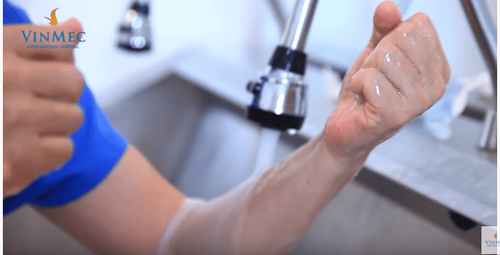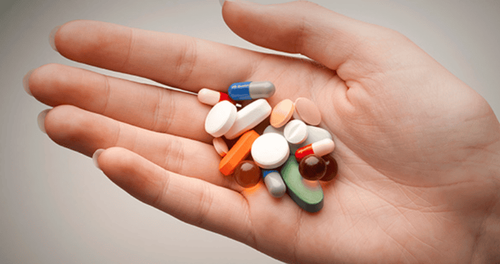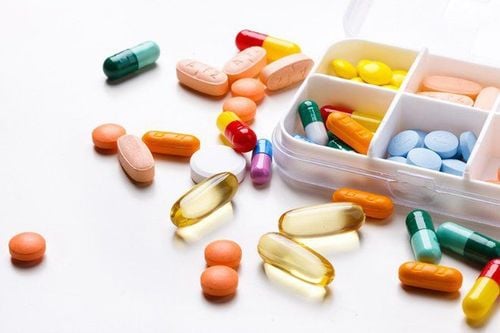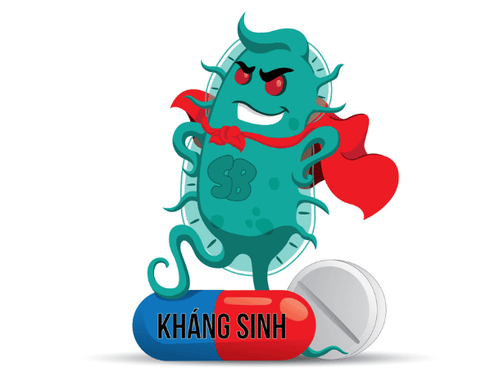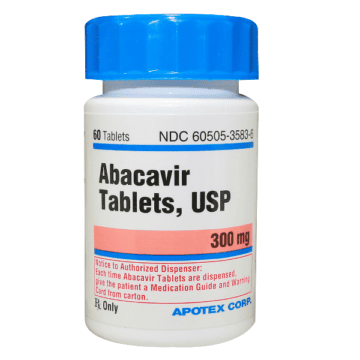This is an automatically translated article.
Bacteria that are resistant to many different types of antibiotics is called multi-antibiotic resistance, a situation that is an alarming risk in the future in part due to improper use of antibiotics. When multidrug-resistant bacteria need to be found, it is necessary to find the antibiotic to which the bacteria is still sensitive, to do this, it is necessary to make an antibiogram.1. What are multi-antibiotic resistant bacteria?
Multidrug-resistant bacteria is a condition in which bacteria can grow in the presence of many different antibiotics that would normally kill or inhibit the growth of the bacteria.Antibiotic resistance is a threat to public health, multi-antibiotic resistant bacteria make it difficult to treat even if it is not.
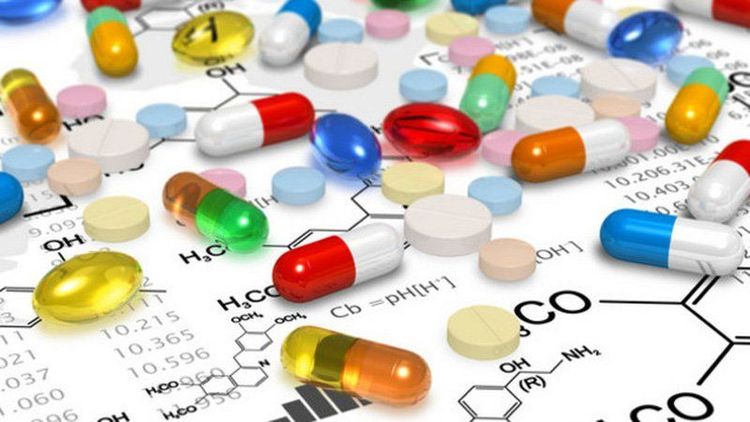
Kháng kháng sinh là một mối nguy cơ đe dọa tới sức khỏe cộng đồng
2. What is Antibiogram?
Antibiotics are substances that kill or inhibit the growth of bacteria, but some bacteria always mutate to create resistance to antibiotics. One of the factors contributing to the development of resistant bacteria is the improper use of antibiotics, insufficient dosage... Therefore, our country is a country with a very high rate of antibiotic resistance. In order to find the right antibiotic for pathogenic bacteria, it is necessary to perform an antibiogram.Antibiogram is a method used to determine the susceptibility of a test antibiotic to a disease-causing organism. From there, it helps to choose the right antibiotic to treat the patient's infection, choose the antibiotic that the bacteria are still sensitive to, which can limit the use of unnecessary strong antibiotics.
The main purposes of making an antibiogram include:
Help clinicians choose antibiotics, provide an appropriate treatment regimen for each patient, avoid taking too many antibiotics that are not sensitive to bacteria. When performing an antibiotic chart, it helps the doctor not only choose the right antibiotic, but also choose the lowest dose that is effective in killing bacteria. It also limits the harmful effects of bacteria on the body. Collect epidemiological information on antibiotic resistance trends of bacteria in the community. From there, develop guidelines for the use of antibiotics in the treatment of the community when the results of antibiotic resistance are not available.
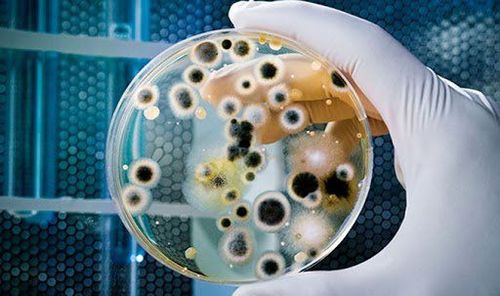
Kháng sinh đồ là phương pháp nhằm xác định mức độ nhạy cảm của kháng sinh thử nghiệm đối với loại vi khuẩn gây bệnh
3. Steps to conduct antibiogram technique
Preparation: Equipment and tools such as safety cabinets, turbidity meters, alcohol lamps, inoculation strips, clean glass dishes... Chemicals: Sterilized physiological saline, agar plates and blood. Antibiotic paper. Steps to take: Step 1: Take samples from organs, tissues, body secretions where bacteria are located. Then culture overnight or multiply and isolate pathogenic bacteria. Step 2: Prepare the agar plate according to the manufacturer's instructions. Step 3: Bacteria, after being cultured on media without inhibitors, create colonies. Use a stick to take 5-10 colonies, dilute to get the required amount of bacteria to spread evenly on the agar plate. Step 4: Prepare the antibiotic paper roll: Take the antibiotic paper tube from the refrigerator to room temperature for about 30 minutes to balance the temperature. Place the selected slides with each of the bacteria tested so that the side of the strip is against the surface of the medium, the outer edge of the strip is about 15mm from the inner wall of the dish and the other is 20mm from the other. Step 5: Incubate at a temperature of 28-30 degrees Celsius. Verification of results: After about 24-48 hours of reading the results, there are circles on the surface of the agar plate with no growth of bacteria. Measure the diameter of the ring without bacterial growth to assess the sensitivity of the bacteria to antibiotics:Sterile ring diameter ≤ 11mm: Resistance Sterile ring diameter from 12mm-15mm: Medium Sugar Sterile ring glass ≥ 16mm: susceptible bacteria. After reading the results, the technician gives the antibiotic that the sensitive bacteria are sensitive to, and the appropriate dose to use for the patient.
4. How to limit the situation of multi-antibiotic resistant bacteria
Antibiotic resistance increases mainly due to the incorrect use of antibiotics, so we need to do it properly.To limit the risk of threatening public health in the future, it is necessary to take some measures to limit antibiotic resistance:
Antibiotics only work to kill bacteria, not to treat diseases Because the disease is caused by a virus, if the cause is a virus, antibiotics should not be used to treat it when it is not necessary. In the course of treatment when the disease is cured, do not stop using the drug until the end of the use period prescribed by the doctor. Do not arbitrarily buy antibiotics without prescription. Each antibiotic only works on certain types of bacteria, so it is necessary to use antibiotics suitable for the strain of bacteria causing the disease. This should be under the guidance of a doctor. Antibiogram is a method of using antibiotics correctly and limiting the risk of antibiotic resistance. Especially in the case of multi-antibiotic resistant bacteria, it is necessary to use antibiogram to select the antibiotic that is still sensitive to the bacteria.
If you have a need for consultation and examination at Vinmec Hospitals under the national health system, please book an appointment on the website for service.
Please dial HOTLINE for more information or register for an appointment HERE. Download MyVinmec app to make appointments faster and to manage your bookings easily.




